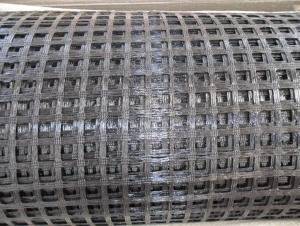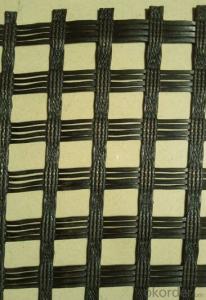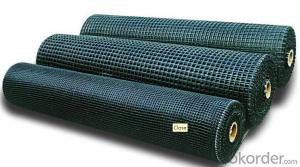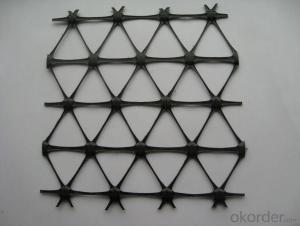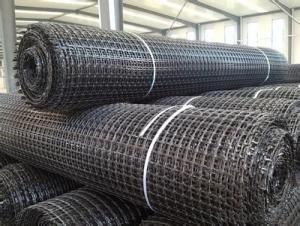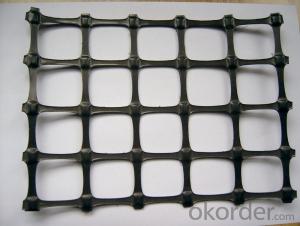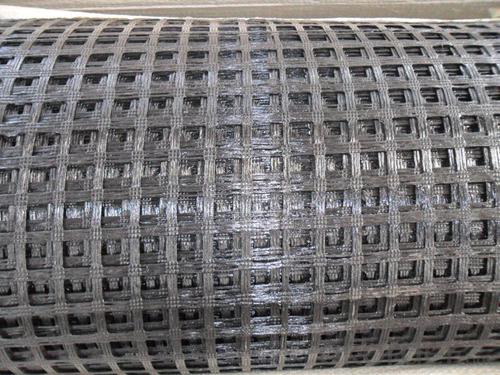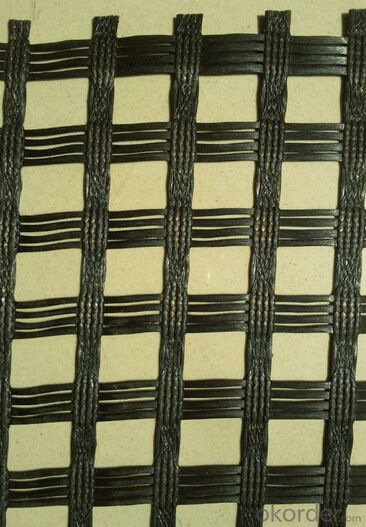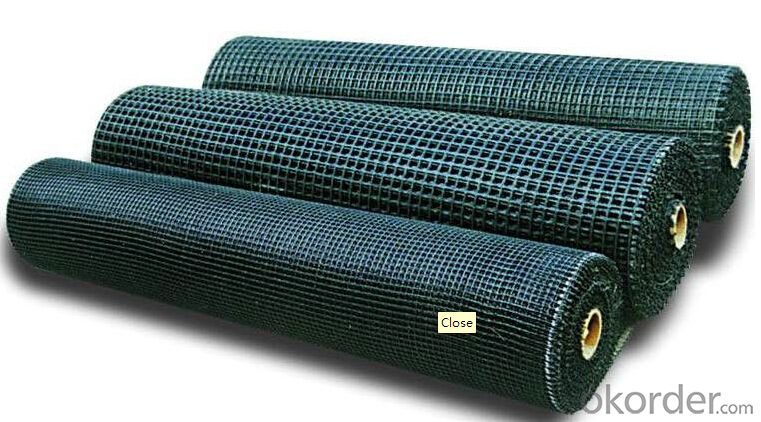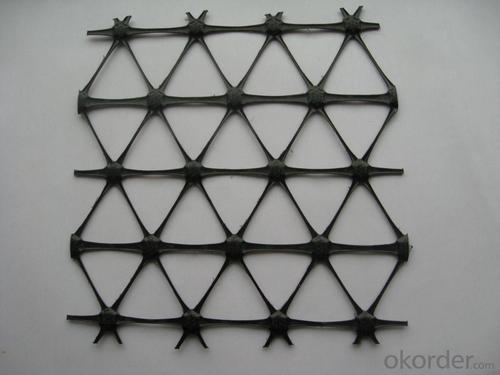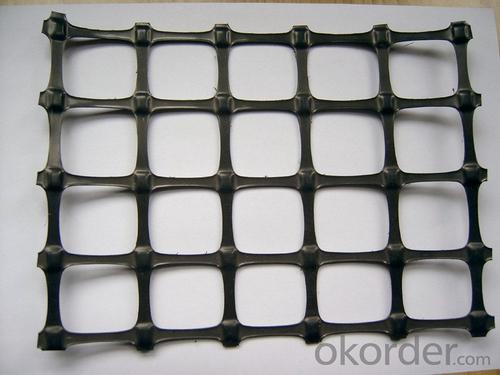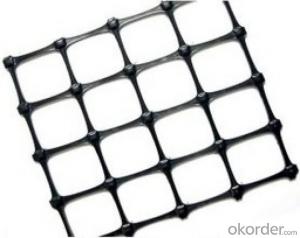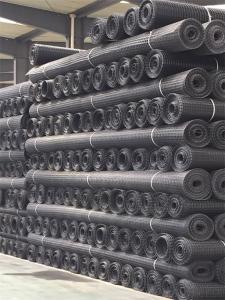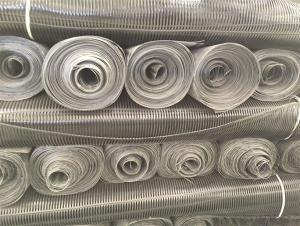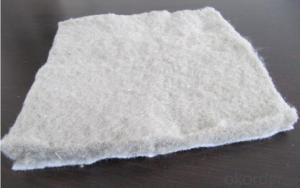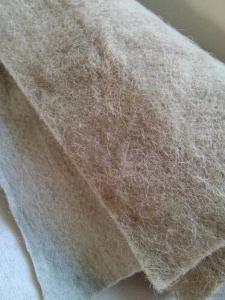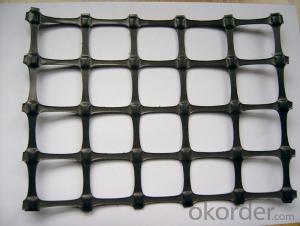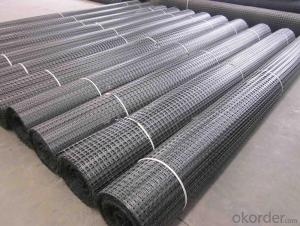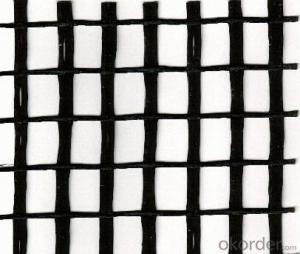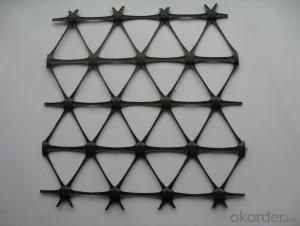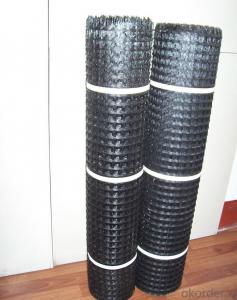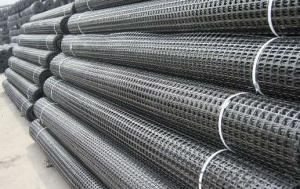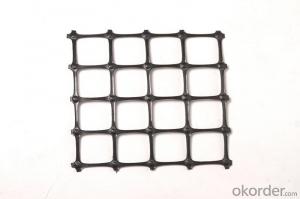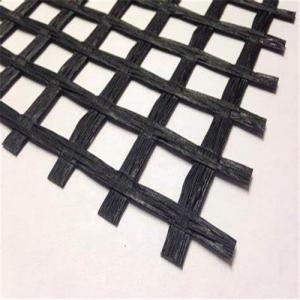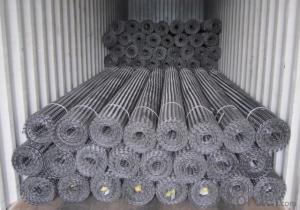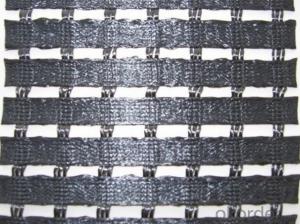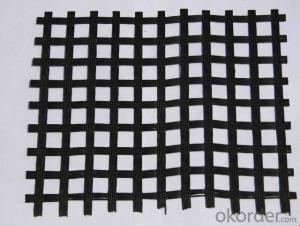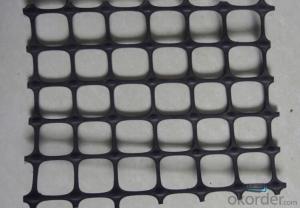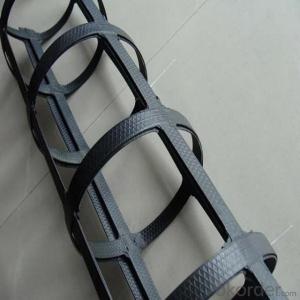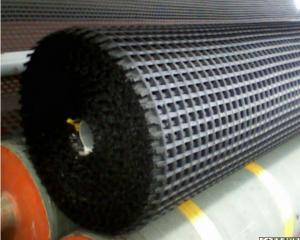Velocity Slope Geogrids - Fiberglass Geogrid with Free Samples Available
- Loading Port:
- Qingdao
- Payment Terms:
- TT OR LC
- Min Order Qty:
- 50000 m²
- Supply Capability:
- 2000000 m²/month
OKorder Service Pledge
OKorder Financial Service
You Might Also Like
Fiberglass Geogrid with Free Samples Available
Description Of Fiberglass Geogrid with Free Samples Available:
1. A kind of planar mesh material using alkali-free fiberglass yarn as base body and
then coated with high quality modified asphalt.
2. Warp knitted with oriental structure which gives full play of yarn strength and improves its mechanical property to make the product high tensile, tearing and creep-resistant.
3. Coated with asphalt making full protection of the fiberglass matrix and greatly
improving its wear and shear resistance.
4. Having a good performance in pavement strengthening, track cracking and solving
difficulties of strengthening the bituminous pavement.
Main Features of Fiberglass Geogrid with Free Samples Available:
1. Light weight, high tensile strength, high modulus, low elongation and good toughness.
2. Corrosion resistance, no long-term creep, long life span.
3. Good physical and chemical stability and good thermal stability.
4. Resistant to fatigue cracking, high-temperature track and low temperature shrinkage cracking.
5. Delaying and decreasing crack reflection.
Specifications of Fiberglass Geogrid with Free Samples Available:
Tensile Strength (KN) | Warp | >30 | >50 | >60 | >80 | >100 | >120 | >150 | >200 |
Weft | >30 | >50 | >60 | >80 | >100 | >120 | >150 | >120 | |
Elongation(%) | <4< p=""> | <4< p=""> | <4< p=""> | <4< p=""> | <4< p=""> | <4< p=""> | <4< p=""> | <4< p=""> | |
Mesh Size(mm) | 25.4*25.4 | 25.4*25.4 | 25.4*25.4 | 25.4*25.4 | 25.4*25.4 | 25.4*25.4 | 25.4*25.4 | 25.4*25.4 | |
Elastic Modulus | 76 | 76 | 76 | 76 | 76 | 76 | 76 | 76 | |
Width(m) | 1~6 | 1~6 | 1~6 | 1~6 | 1~6 | 1~6 | 1~6 | 1~6 | |
Length(m) | 50~300 | 50~300 | 50~300 | 50~300 | 50~300 | 50~300 | 50~300 | 50~300 | |
Temperature Resistant(℃) | -100~280 | -100~280 | -100~280 | -100~280 | -100~280 | -100~280 | -100~280 | -100~280 | |
Resin Content (%) | 18~20 | 18~20 | 18~20 | 18~20 | 18~20 | 18~20 | 18~20 | 18~20 | |
Glue Type | Bitumen PVC SBR soakage | Bitumen PVC SBR soakage | Bitumen PVC SBR soakage | Bitumen PVC SBR soakage | Bitumen PVC SBR soakage | Bitumen PVC SBR soakage | Bitumen PVC SBR soakage | Bitumen PVC SBR soakage | |
Applications of Fiberglass Geogrid with Free Samples Available:
1. Maintenance of old asphalt road reinforcement of asphalt pavement.
2. Converting old cement concrete road into composite road.
3. Restraining reflection cracking caused by block shrinkage.
4. Preventing and controlling the cracking caused by new and old combination and uneven settlement.
5. Road extension.
6. Reinforcement of soft soil foundation and overall strength of roadbed.
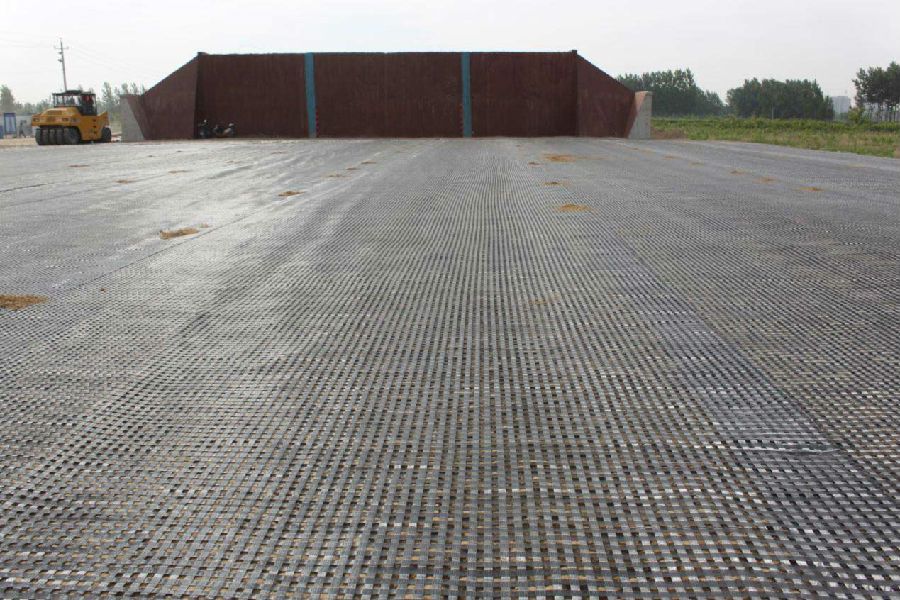
IMages of Fiberglass Geogrid with Free Samples Available:

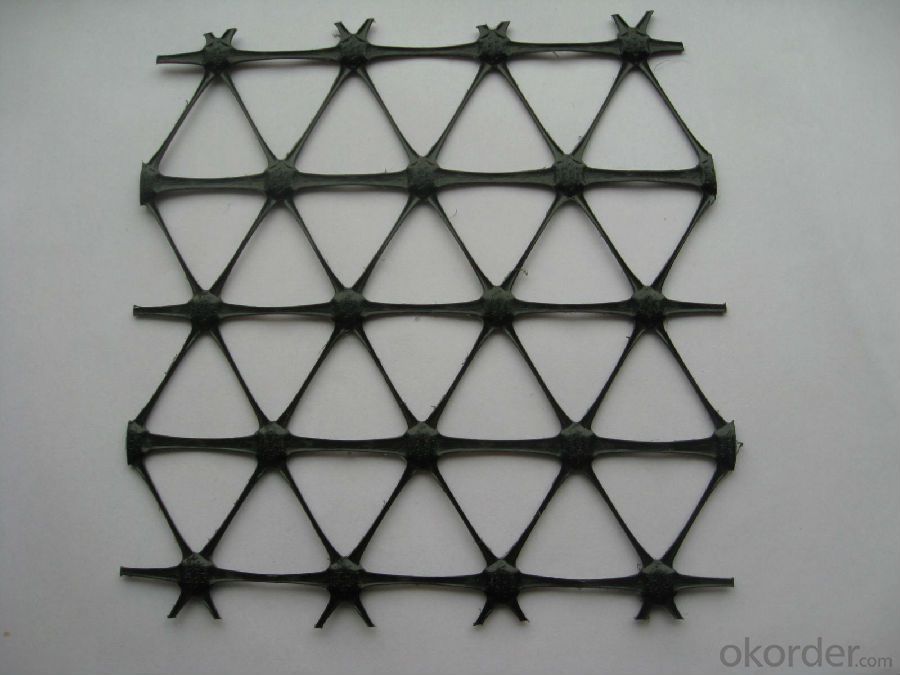
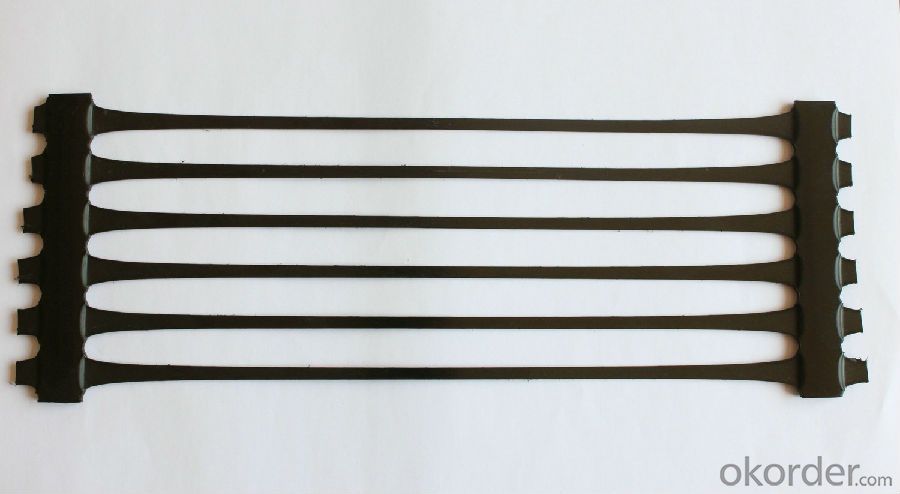
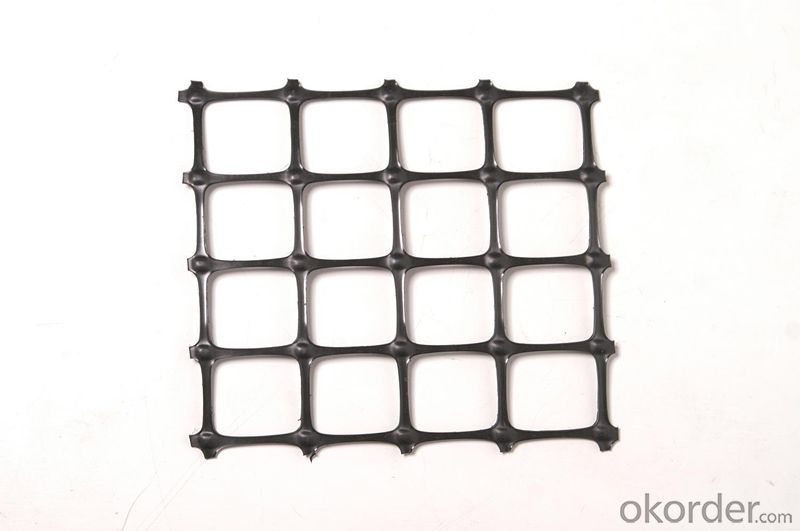

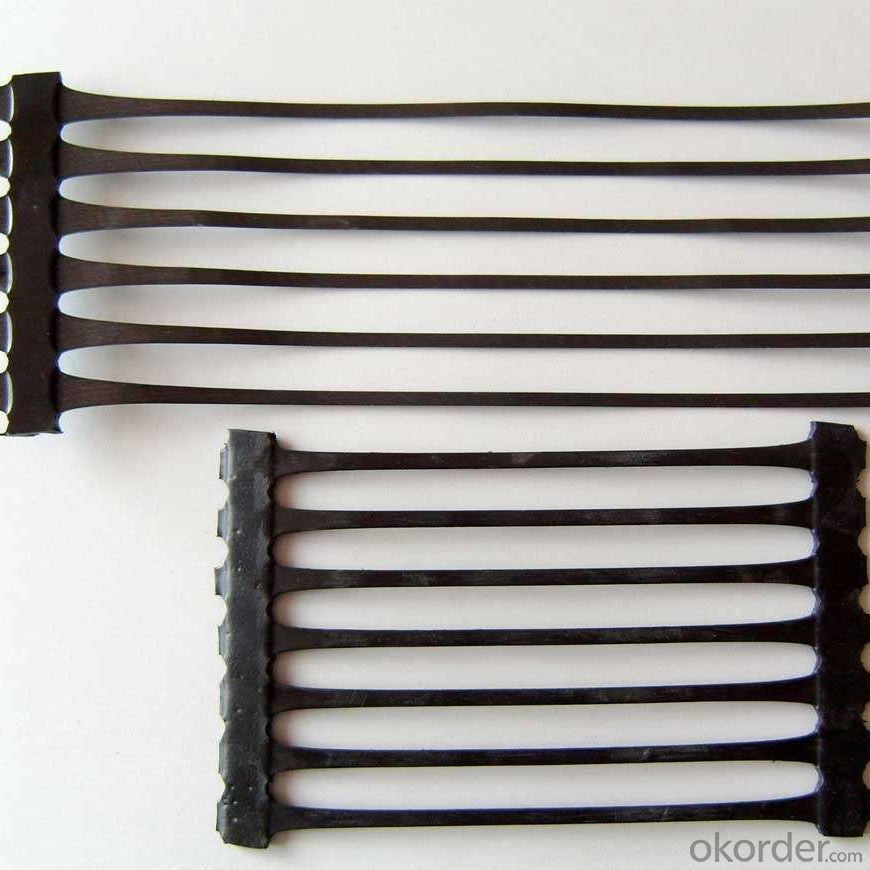

FAQ of Fiberglass Geogrid with Free Samples Available:
1. What are we supplying?
We are specialized in producing Geosynthetic materials, like Geogrid Series, HDPE Geocell, Geonet, Geotextile, Geomat, Tri Denmensional Composite Grainage Geonet, and Geomembrane Series.
.
2. How Many years experience do we have?
We have been exported to more than 20 countries in the past 15 years.
3. How long do we usually reply your request?
We always reply our customer within 24 hours.
- Q: Are geogrids suitable for use in bridge abutment reinforcement?
- Yes, geogrids are suitable for use in bridge abutment reinforcement. Geogrids are commonly used in civil engineering projects, including bridges, to enhance the stability and strength of the soil. They provide excellent soil confinement and reinforcement, reducing lateral movement and increasing load-bearing capacity. Geogrids also help distribute loads evenly, minimizing the potential for settlement and improving the overall performance and longevity of bridge abutments.
- Q: Can geogrids be used in pipeline construction?
- Yes, geogrids can be used in pipeline construction. Geogrids are commonly used as a reinforcement material in pipeline construction to provide stabilization and prevent soil movement. They help to distribute loads and provide added support to the pipeline, improving its overall performance and longevity.
- Q: Are geogrids resistant to puncture?
- Yes, geogrids are generally resistant to puncture due to their high tensile strength and durability. They are designed to withstand puncture forces from sharp objects or heavy loads, making them suitable for various applications in civil engineering and construction projects.
- Q: How do geogrids improve the performance of geotechnical structures?
- Geogrids improve the performance of geotechnical structures by providing reinforcement and enhancing stability. They distribute load more effectively, reducing soil movement and preventing erosion. Additionally, geogrids improve the overall strength and durability of structures, increasing their lifespan and reducing maintenance needs.
- Q: What is the typical geogrid roll length for specific applications?
- The typical geogrid roll length for specific applications can vary depending on the project requirements and the specific type of geogrid being used. However, common geogrid roll lengths range from 50 to 500 feet, with some specialty products available in longer lengths.
- Q: Basic introduction of fiberglass geogrid
- With resistance and aging properties of alkali resistant properties, widely used in asphalt pavement, cement concrete pavement and roadbed reinforcement; both rigid pavement and flexible pavement can be applied, compared with the traditional pavement, can reduce the cost, prolong life, prevent road reflective crack. Fiberglass geogrid can also be used in railway, airport, water conservancy, dams and other soft soil reinforcement and road base reinforcement.
- Q: What materials are used to make geogrids?
- Geogrids are typically made from materials such as polyester, polyethylene, or polypropylene. These materials are chosen for their strength, durability, and resistance to environmental factors like UV radiation and chemical degradation.
- Q: Can geogrids be used in reinforcement of mechanically stabilized earth retaining walls on soft soils?
- Yes, geogrids can be used in the reinforcement of mechanically stabilized earth retaining walls on soft soils. Geogrids are commonly used in such applications to provide additional tensile strength to the soil and improve its stability. By reinforcing the soil, geogrids help to counteract the lateral pressure exerted by the retained soil, thereby enhancing the overall performance and longevity of the retaining wall.
- Q: What is the use of glass fiber grille paving asphalt road
- Silicon oxide is an inorganic material, its physical and chemical properties are very stable, and has the advantages of high strength, high modulus, high wear resistance and excellent cold resistance, no long-term creep
- Q: Can geogrids be used in bridge abutments?
- Yes, geogrids can be used in bridge abutments. Geogrids are commonly used in soil stabilization and reinforcement applications, and they can be effectively used to improve the stability and strength of bridge abutments. By installing geogrids in the soil surrounding the abutments, the geogrids can distribute loads more evenly, prevent soil erosion, and provide additional support to the bridge structure.
Send your message to us
Velocity Slope Geogrids - Fiberglass Geogrid with Free Samples Available
- Loading Port:
- Qingdao
- Payment Terms:
- TT OR LC
- Min Order Qty:
- 50000 m²
- Supply Capability:
- 2000000 m²/month
OKorder Service Pledge
OKorder Financial Service
Similar products
Hot products
Hot Searches
Related keywords
